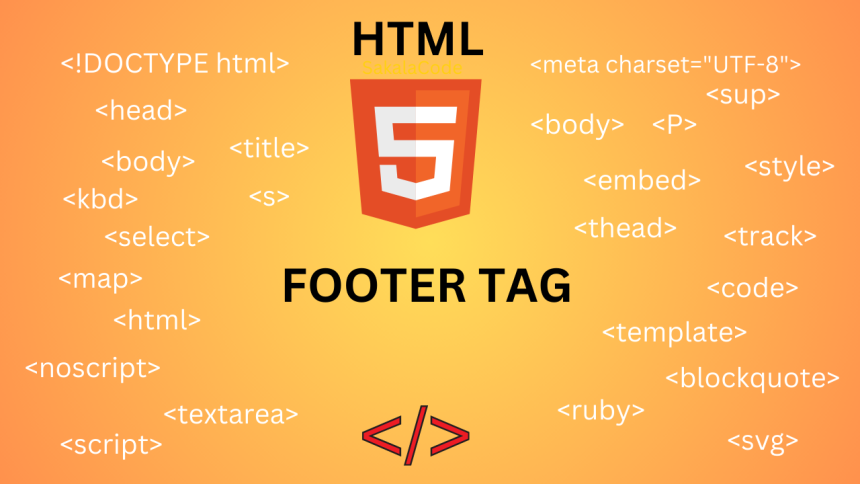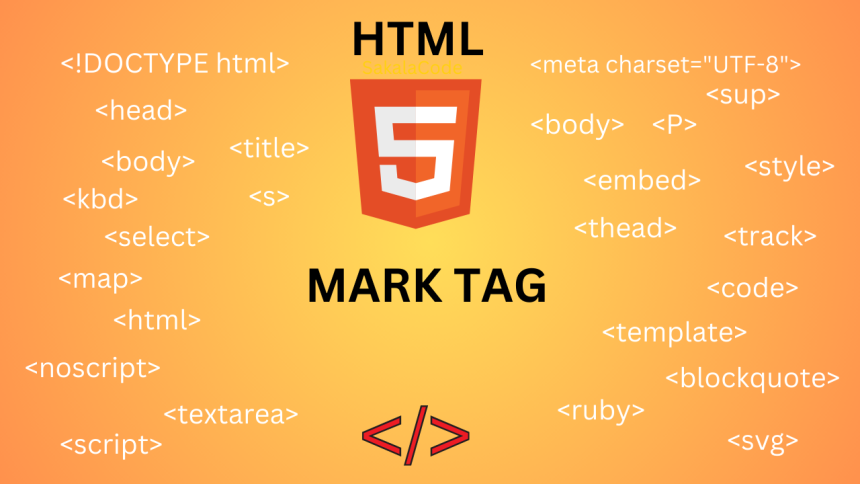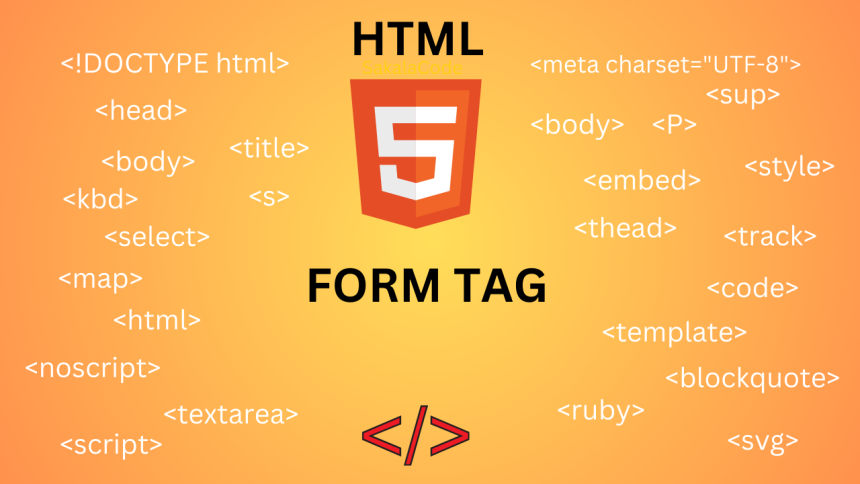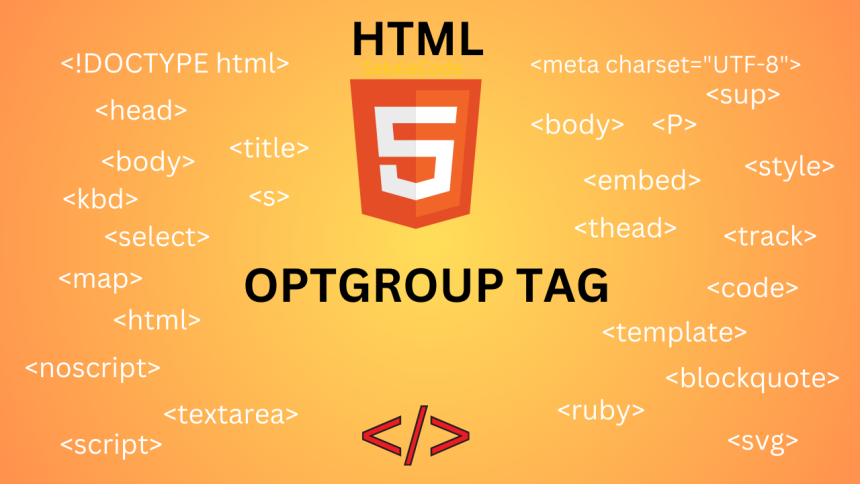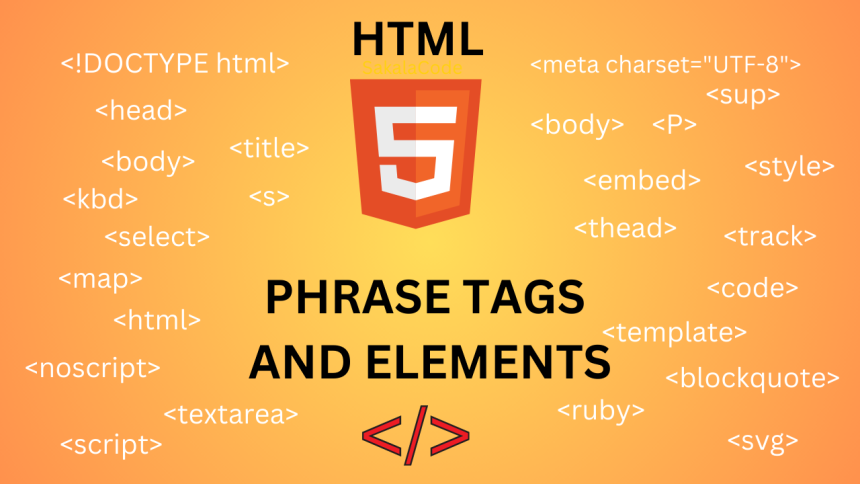
Sakala Code
1 year ago
sakalacode
#html
html phrase tags and elements with examples
HTML phrase tags (or phrase elements) are inline elements used to define specific types of text in a document. These tags are generally used for semantic purposes giving meaning to the enclosed content.
HTML Phrase Tags
- <em>: Defines emphasized text (usually displayed in italic).
- <strong>:strong tag.
- <abbr>: Represents an abbreviation or acronym.
- <cite>: Defines the title of a creative work (e.g., books, movies).
- <code>: Represents a fragment of computer code.
- <var>: programming or mathematical expressions.
- <samp>: computer program.
- <kbd>: Represents user input, such as keyboard input.
- <sub>: Subscript text.
- <sup>: Superscript text.
- <mark>: Represents highlighted text (used to denote relevance).
- <del>: Represents text that has been deleted.
- <ins>: Represents text that has been inserted.
html phrase tags and elements with examples
<!DOCTYPE html>
<html lang="en">
<head>
<meta name="viewport" content="width=device-width, initial-scale=1.0">
<title>HTML Phrase Tags Example</title>
<style>
body {
font-family: Arial, sans-serif;
}
code {
background-color: #f4f4f4;
padding: 2px 4px;
border-radius: 4px;
}
kbd {
background-color: #ddd;
padding: 2px 4px;
border-radius: 4px;
}
mark {
background-color: yellow;
}
</style>
</head>
<body>
<h2>HTML Phrase Elements with Examples</h2>
<p>HTML <em>emphasized</em> word (usually in italic).</p>
<p>HTML <strong>strong</strong> word (usually in bold).</p>
<p>HTML Abbreviation example: The <abbr title="World Health Organization">WHO</abbr> was founded in 1948.</p>
<p>HTML <cite>The Great Gatsby</cite>.</p>
<p>HTML <code>print("Hello World")</code>.</p>
<p>HTML <var>x</var> as a variable.</p>
<p>HTML <samp>Hello, user!</samp>.</p>
<p>HTML <kbd>Ctrl</kbd> + <kbd>S</kbd>.</p>
<p>HTML H<sub>2</sub>O, and Einstein’s famous equation is E = mc<sup>2</sup>.</p>
<p>HTML The following text is <mark>very important</mark> for this topic.</p>
<p>HTML <del>This sentence is no longer accurate.</del></p>
<p>HTML <ins>This is the corrected version of the sentence.</ins></p>
</body>
</html>

